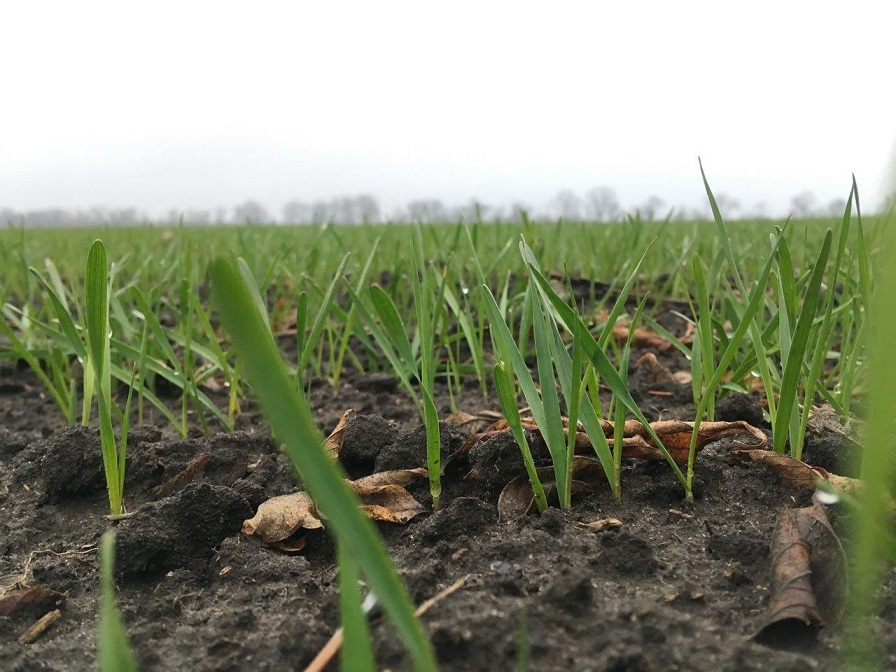Increased precipitation in Ukraine and Russia and their shortage in Argentina increase pressure on grain markets

Traders are increasingly concerned about the fate of the future crop, so they are closely monitoring the amount of precipitation in Ukraine, Russia and the United States on winter wheat crops, where there has been a shortage of moisture since September, and in Argentina, where sowing is taking place against the background of a lack of precipitation and forecasts of rising temperatures.
In Ukraine and in the winter wheat growing zone in Russia, there was almost no precipitation last week, and the temperature dropped to -5..+ 10 degrees. In general, in November, the amount of precipitation was lower than normal and amounted to 5-45 mm, which did not contribute to the germination of late winter crops and the improvement of plant condition. Dry and frosty weather will allow you to complete the harvesting of corn without losses in quantity and quality.
In Ukraine, 0-15 mm of precipitation fell in November, but next week there will be rains that will bring 10-30 mm of precipitation, which will reduce the state of drought on crops. However, the lack of moisture in the meter-long layer of soil will remain, which will pose a threat to the future crop.
In Russia, 18.3 million hectares of winter crops were sown, compared to 19.2 million hectares last year, but the condition of crops is better than in Ukraine. During the week, it will rain, and the temperature will rise to +1..+11 degrees, which will improve the condition of crops.
The rains that have passed recently in Argentina will speed up sowing and improve the condition of crops, which will also be facilitated by the dry and hot weather forecast for next week. According to the Buenos Aires Grain Exchange (BAGE), 28.6% of the planned areas are sown with soybeans in the country, and 29.2% with corn compared to last year's 31.3% and 31.4%, respectively. Wheat was harvested on 17.6% of the area, which is slightly lower than last year's 18.8% on the same date. In recent weeks, rain has contributed to grain filling, so the forecast for the wheat harvest remains at the level of 19.8 million tons.
In Brazil, especially in the central regions, where soybeans are mainly grown, heavy rains continue, which contribute to the development of crops. Next week, it will also rain, which increases the chances of getting a record soybean harvest in the current season, as well as faster maturation and delivery to the world market, since sowing was carried out earlier than last year. Early harvesting of soybeans will allow you to sow Corn of the second crop faster and capture the March precipitation.
In the United States, dry weather reigns with temperatures of -5+ + 10 degrees, which allows you to complete the harvesting of soybeans and corn, but adversely affects the moisture reserves on winter crops. No precipitation is expected over the next week, which will continue to worsen the condition of winter crops in the Plains and southwestern states.
In Australia, periodic rains improve the condition of crops, but delay the harvest of wheat and canola, whose production forecasts are again raised to almost record levels.


